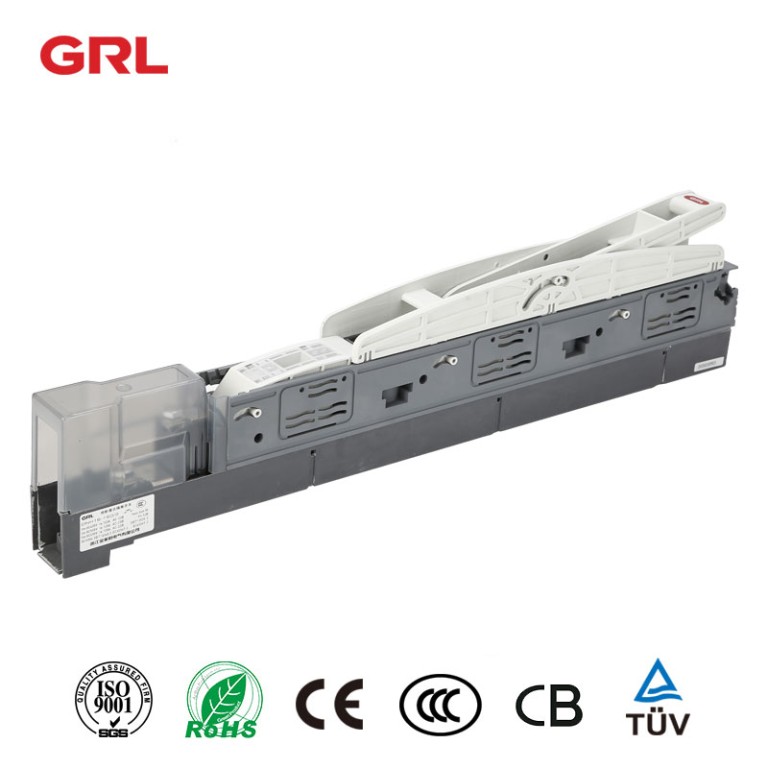
html
Vertical Disconnectors in Power Distribution Systems
Vertical disconnectors play a crucial role in power distribution systems, providing a reliable means of isolating electrical circuits for maintenance, repairs, or emergency situations. These specialized devices are designed to break electrical connections safely while ensuring minimal disruption to the overall power network.
What Are Vertical Disconnectors?
Vertical disconnectors are switching devices installed in a vertical orientation within power distribution systems. Unlike horizontal disconnectors, these components are mounted perpendicular to the ground, offering several advantages in specific applications. They typically consist of:
- Fixed contacts mounted on insulators
- Moving blades that pivot vertically
- Operating mechanisms (manual or motorized)
- Arc quenching systems
Key Advantages of Vertical Disconnectors
The vertical orientation provides several benefits in power distribution applications:
1. Space Efficiency
Vertical disconnectors require less horizontal space compared to their horizontal counterparts, making them ideal for compact substations or areas with limited real estate.
2. Improved Safety
The vertical movement of the blades helps prevent accidental contact with live parts, as the open position creates a clear vertical break in the circuit.
3. Better Performance in Adverse Conditions
The vertical design helps prevent the accumulation of snow, ice, or debris on the contact surfaces, ensuring more reliable operation in harsh weather conditions.
Applications in Power Distribution
Vertical disconnectors find widespread use in various power distribution scenarios:
- Medium and high voltage substations
- Transformer isolation points
- Feeder circuits in distribution networks
- Renewable energy installations
- Industrial power systems
Selection and Maintenance Considerations
When implementing vertical disconnectors in power distribution systems, several factors should be considered:
| Factor | Consideration |
|---|---|
| Voltage Rating | Must match or exceed system voltage requirements |
| Current Capacity | Should handle maximum expected load currents |
| Environmental Conditions | Must be suitable for installation environment (indoor/outdoor) |
| Maintenance Requirements | Regular inspection and lubrication are essential for reliable operation |
Proper maintenance of vertical disconnectors includes periodic inspection of contact surfaces, verification of mechanical operation, and testing of insulation resistance. These measures help ensure long-term reliability and safety in power distribution systems.
Future Developments
The evolution of vertical disconnectors continues with advancements in materials and smart technologies. Modern designs incorporate:
- Self-diagnostic capabilities
- Remote operation features
- Improved arc-extinguishing technologies
- Enhanced corrosion-resistant materials
As power distribution systems become more complex and interconnected, the role of vertical disconnectors remains vital in ensuring system reliability, safety, and operational flexibility.